Numerous studies support the positive impact that play has on physical, emotional and cognitive development at an early age. In addition, it can also be of great help at older ages, if there is a family member who begins to show symptoms of cognitive decline. So, next to Alba Mendez, neuroarchitecture expertteacher and founder of Qualia (www.qualiaestudio.com, a studio where architecture and neuroscience go hand in hand to design spaces that take care of people), We will see how to apply playful elements in the interior design of homes. Among other things, we will discover that playing is not just a child’s thing, but is beneficial for all family members, regardless of their age.
19
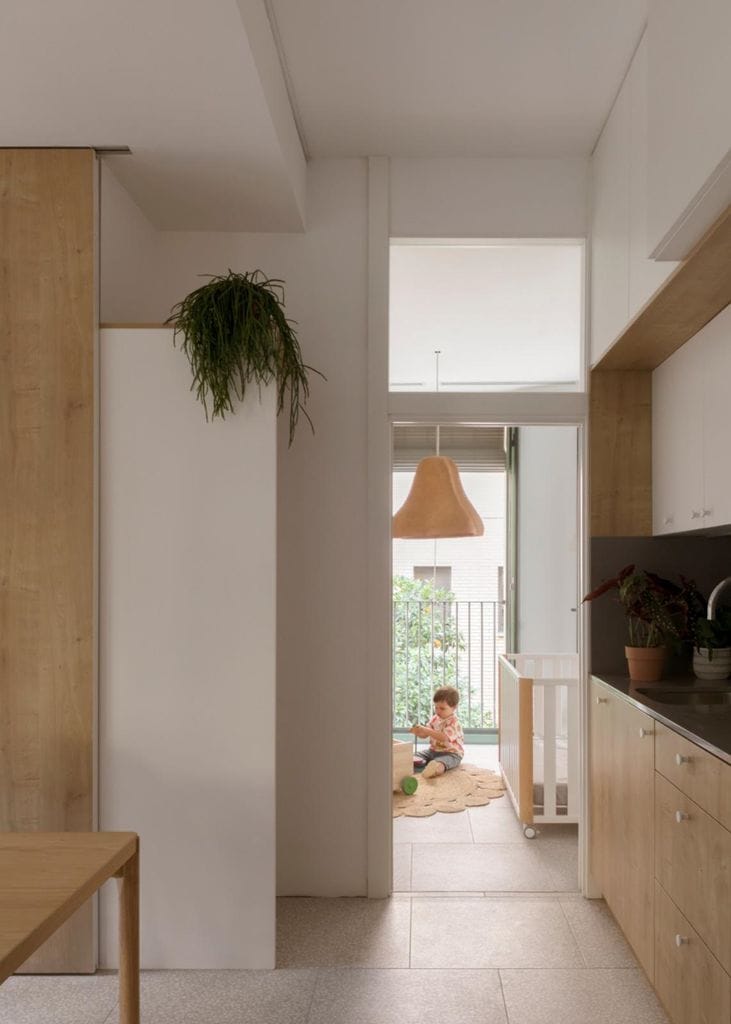 © Qualia
© QualiaThe game, a tool of knowledge and development
Play is a state of mind that allows humans to freely leave the ordinary world.for a limited time, to a magical world with new meanings and new rulesboth the meanings and the rules are susceptible to being changed depending on the imagination of the players. It is about the natural language with which children communicate with the world around them. By playing they express their emotions, learn and build their identity. From a Heideggerian point of view, playing is ‘a way of being in the world’. And for children, it is their natural state of being in the world.
Johan Huizinga refers to these temporal worlds as ‘magic circles’ (temporary worlds within the ordinary world, dedicated to the performance of a separate act). That act is an act of freedom, playing is voluntary and playing allows you to shape the world freely and without limitations, the only limitation is your imagination.
“For those families in which one of the infants is diagnosed with autism spectrum disorder (ASD), a study was recently published that highlights the importance of play in the mother-child relationship in children), highlighting how these interactions are essential for social and emotional development within the family environment. The analysis revealed that mothers, through play, can modulate key behaviors in their children, favoring their comprehensive development and improving family dynamics on a daily basis,” Alba details.
29
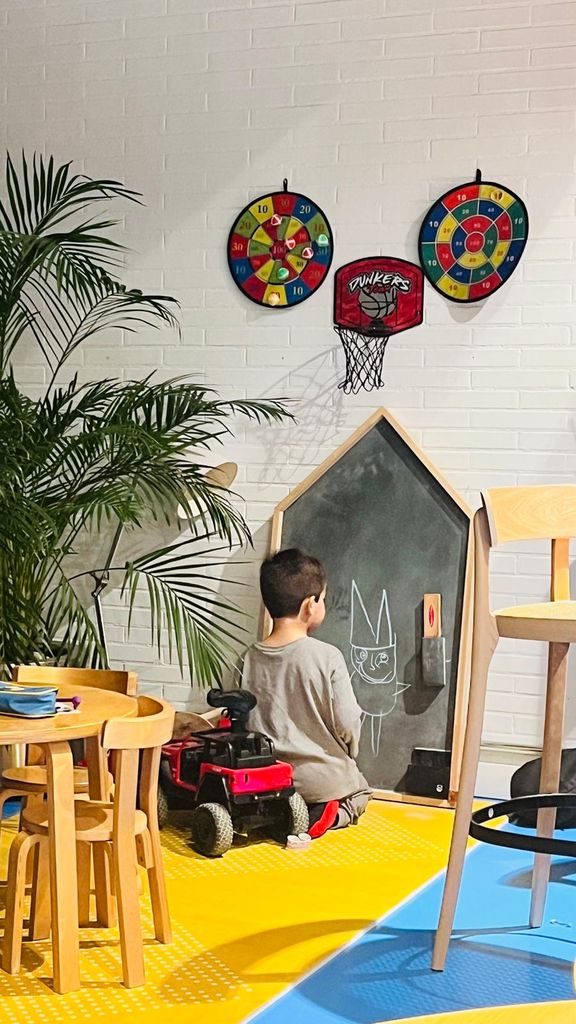 © Qualia
© QualiaReasons to favor play spaces at home
The neuroarchitecture expert summarizes everything that the game brings to childrenwhich encourages cognitive development, as well as social, emotional and physical skills:
● It is an activity that strengthens emotional ties between family members.
● Allows adults to know more about their childrensince play is the language in which children express themselves the most and best.
● Favors positive behaviors for socializing and communicate with others.
● bgive the child a space of trust and security.
● Positively influences the health of the children.
● Provides joyful and meaningful experiences.
● Encourage creativity and critical thinking.
This games corner was designed by Qualia.
39
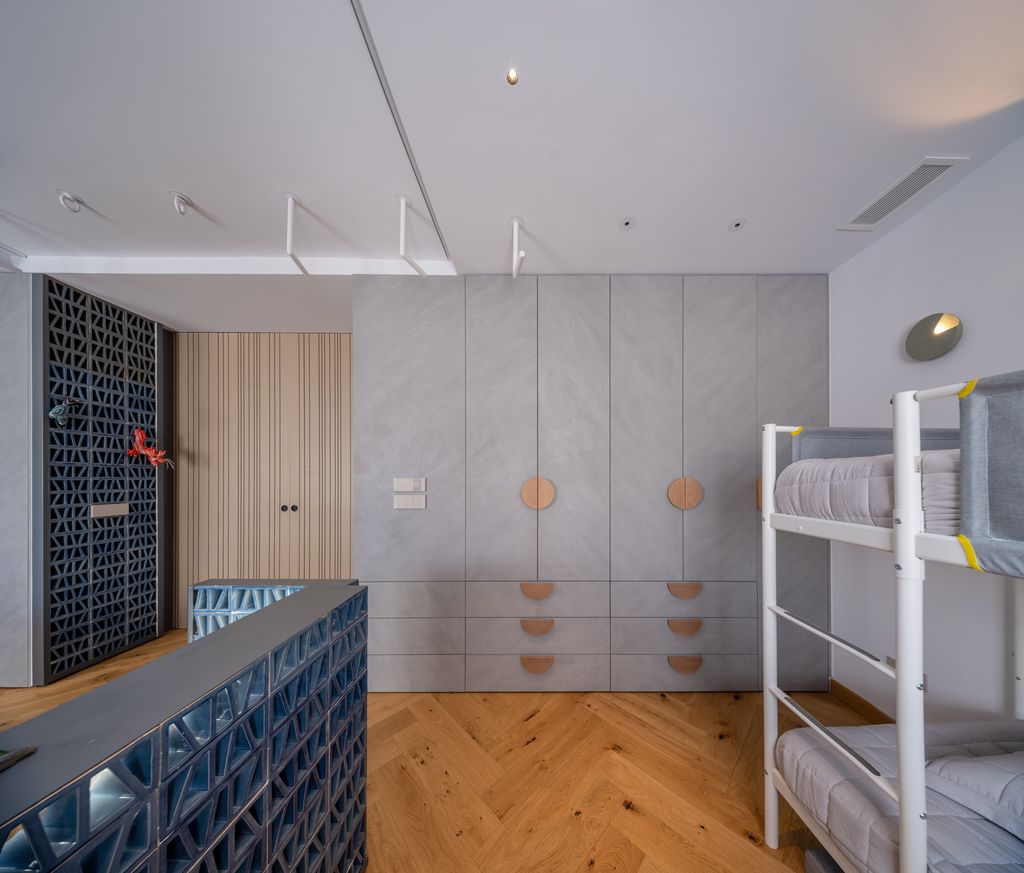 © David Frutos for WOHA
© David Frutos for WOHAWhat if I don’t have space for a game room?
Alba believes that playful spaces can be created even in small homes, where a room specifically designated for play cannot be integrated. In fact, he states that “to apply an approach to the design of spaces that encourage children’s play, it is essential to create an environment that not only stimulates creativity and free play, but also promotes the comprehensive development of the child, both at a cognitive, emotional and physiological level. The goal is to design spaces that offer freedom necessary for children to explore, invent, and relate to their environment in a playful way, while promoting safety and autonomy”.
It is important Design an environment where children feel safe to make mistakes and explore without fear of being judged. These areas should be versatile enough to build trust and create safe spaces where children dare to experiment. For example, small private areas or corners within the home can become spaces where children play autonomously without the constant supervision of adults.
In this youth bedroom for three brothers, designed by WOHA, the space is not only dedicated to rest, there are also areas where you can study, practice sports or play.
49
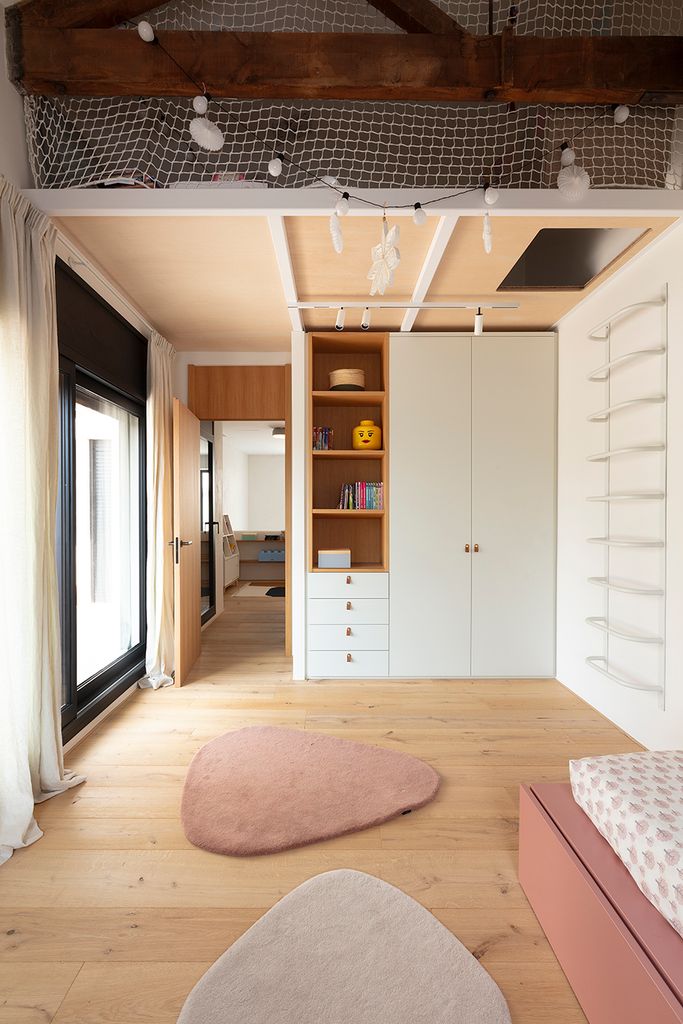 © Meritxell Arjalaguer for The Room Studio
© Meritxell Arjalaguer for The Room StudioThe challenge, a crucial aspect
Spaces should present challenges that are in line with the children’s skill level, but that also promote their development. Vygotsky suggested that play creates a “zone of proximal development,” where children behave in ways that go beyond their current level.
“This can be achieved by designing play areas that offer the opportunity to solve problems, create structures or games that require mental or physical effort, but are achievable with persistence. Children should feel that even if a challenge is difficult, they can achieve it over time.which reinforces their confidence and skills,” reveals the expert.
For example, in the renovation of this house The Room Studio proposes a children’s bedroom with a loft secret corner type, where you can read or play.
59
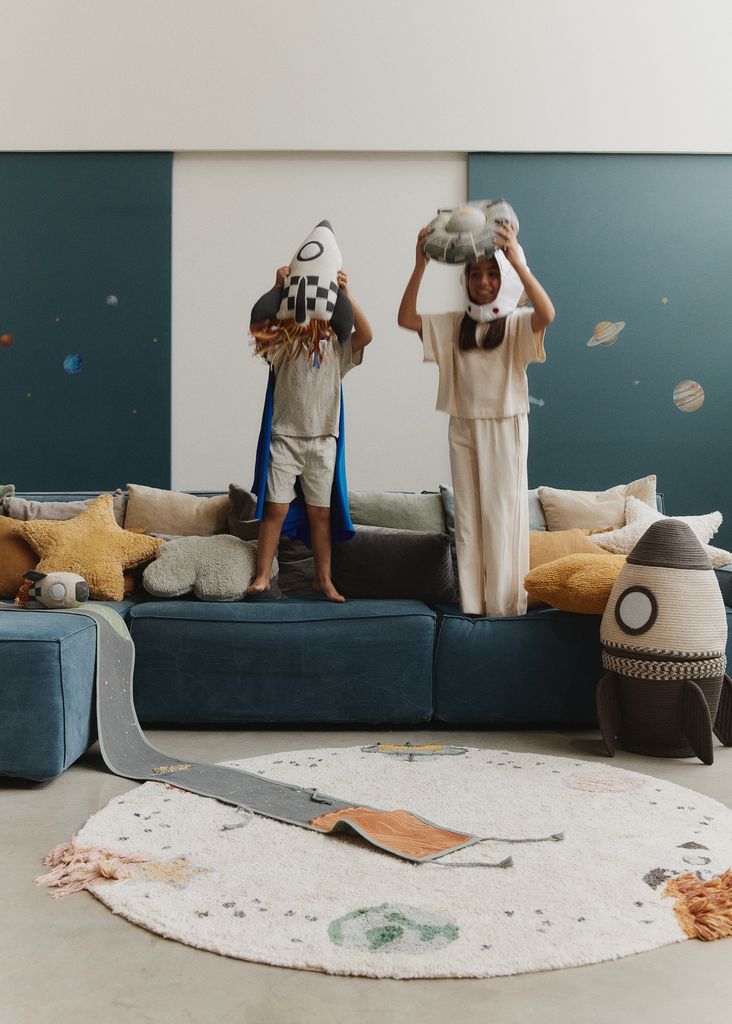 © Lorena Canals
© Lorena CanalsDesign secrets
Apart from all the aspects already mentioned, to maintain the interest of childrenspaces must be flexible enough to allow for novelty and change.
Monotonous activities risk becoming routine and losing their playful aspect! Alba suggests “creating spaces that can be easily rearranged, with mobile or removable elementsallowing children to rediscover their environment every time they play, thus maintaining their interest and motivation to explore.”
In the proposal, a room that the ‘little ones’ take over of the house with galactic textile elements from the firm Lorena Canals.
69
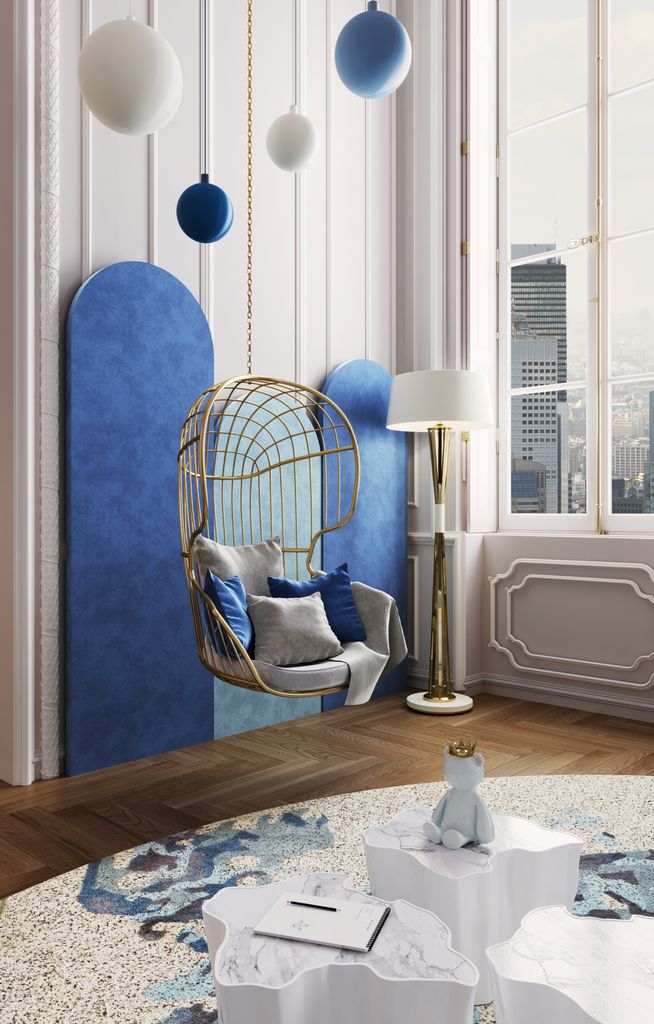 © Circu
© CircuThe importance of metaphors and narratives
He space design You should take into account the use of metaphors and narratives. “Children often interpret their environment based on the stories they construct in their minds. Incorporate elements that invite them to create their own narratives —as abstract structures or components that can be reimagined as different objects— allows them to immerse themselves in imaginary worlds, enriching their gaming experience and helping each space take on a unique and personal meaning”, emphasizes the architect specialized in neurosciences.
A fun seesaw is introduced into this Circu environment that delights both old and young people.
79
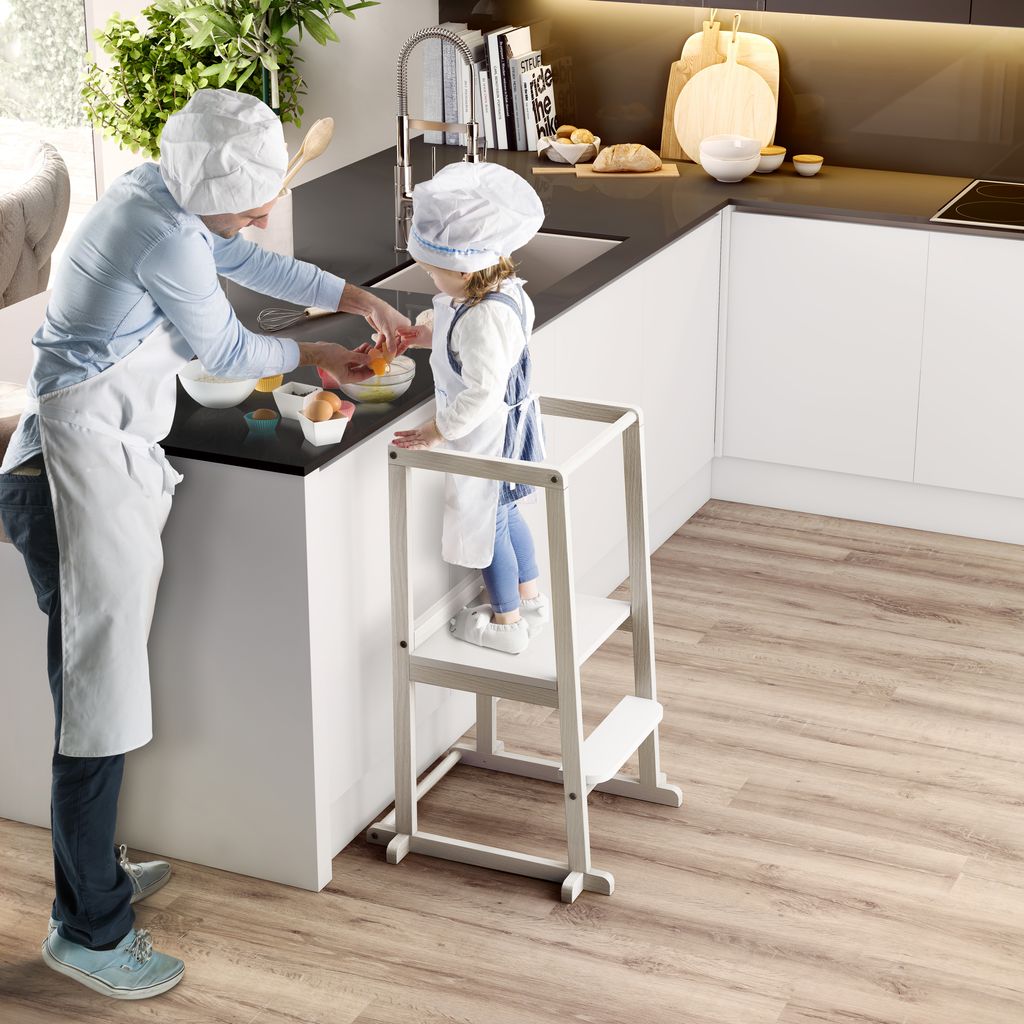 © Ros
© RosHow can adults benefit from play within the home?
Adults can greatly benefit from play within the home by achieving what many parents want: seeing their children happy and sharing meaningful experiences with them. Play not only strengthens emotional bonds, but also helps create shared memories that children will cherish as part of their personal history. Through play, adults have the opportunity to accompany and observe how their children learn and develop their best version, in an environment of joy and exploration..
“Children are born with a genetic load, as if they had a blank book under their arm, but that book is completed with the experiences they live. Each playful experience contributes to the writing of that book, shaping their growth and allowing them to become full and confident people. For adults, being part of this process is a privilege and a gift that strengthens family connection and mutual well-being.”, says Alba.
89
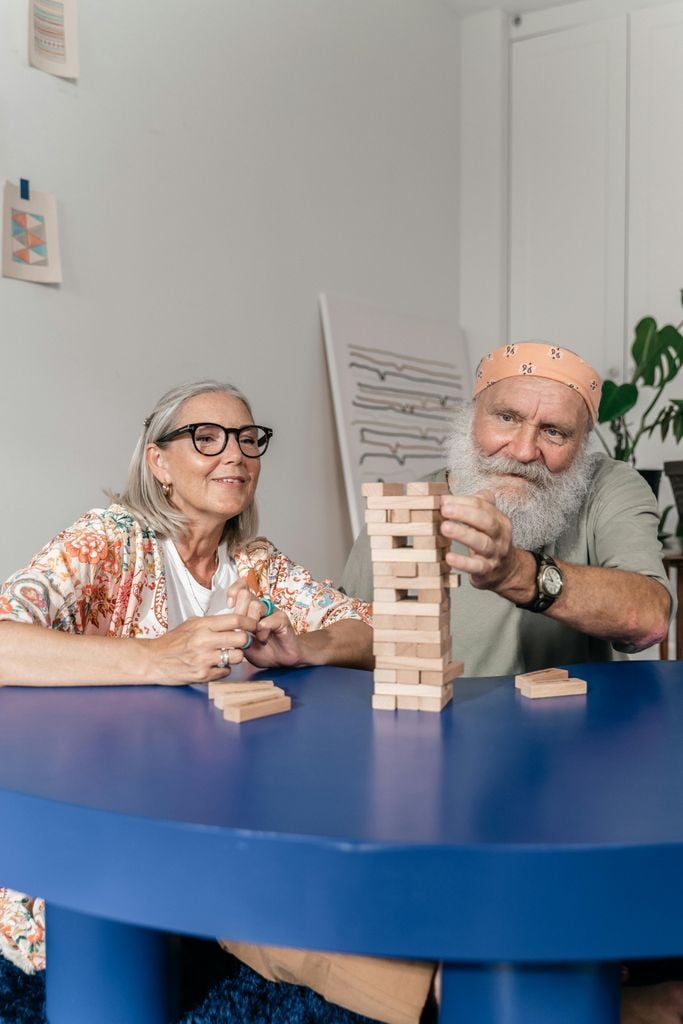 © Anthony Shkraba / Pexels
© Anthony Shkraba / PexelsPlay at all ages
If you don’t have children, you can also play as an adult. In fact, although some people may consider gaming as an unproductive activity or a waste of time, numerous professionals in psychology and psychiatry have shown that gaming is deeply integrated into the human brain and plays a crucial role as a basic motivational driver. . In particular, The game for adults is especially beneficial for relieving stress and anxiety.
Furthermore, “a study carried out in Switzerland with 255 people up to 65 years old showed that those who spent more time in fun activities with other people experienced a much more satisfying life and maintained better physical shape,” details the founder of the architecture studio Qualia. .
99
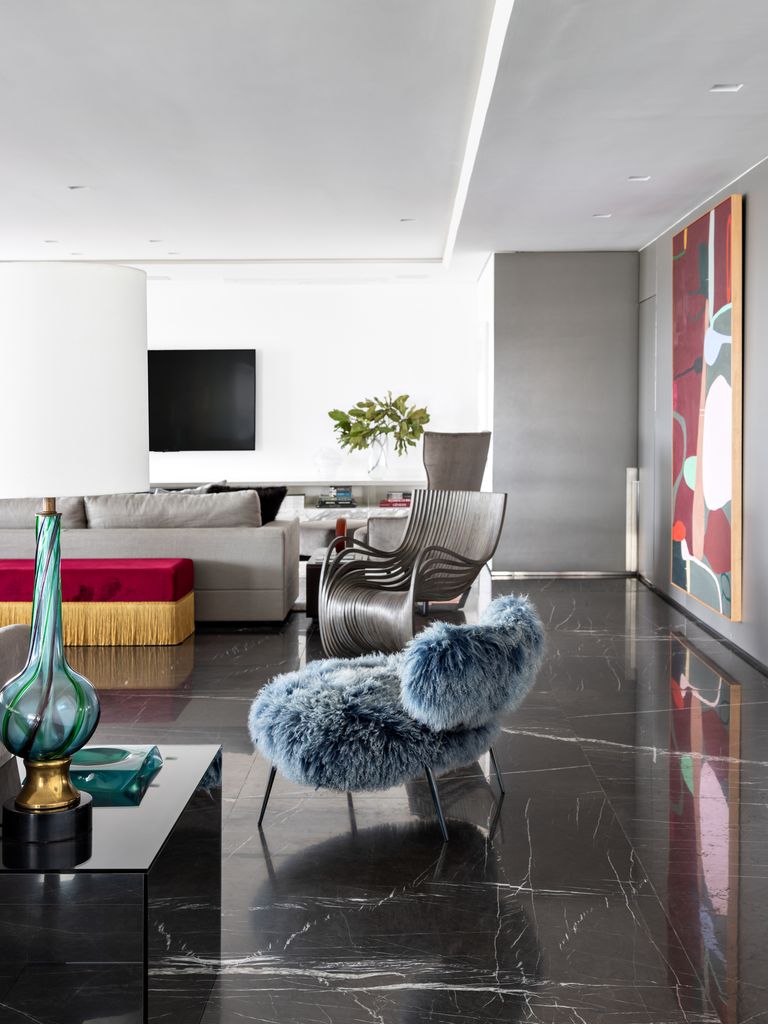 © Fran Parente for Diego Revollo
© Fran Parente for Diego RevolloPlay should not be limited to childhood
Integrating play into the interior design is essential, regardless of the presence of children in the home.. The philosophy of the game promotes an environment of creativity, relaxation and emotional connection, which benefits all ages. Even in adult life, it is essential to create spaces that invite fun and enjoyment, as this promotes general well-being and mental health.
“Incorporating playful elements in decoration and design, such as modular furniture, cozy rest areas or interactive decorative elements, can help adults release tension and reconnect with their most creative side,” proposes Alba.
Thus, by integrating play into our spaces, we not only cultivate a more cheerful and dynamic atmosphere, but we also allow ourselves to explore new ways of relating to our environment and ourselves, balancing the need to connect with reality with the desire to enjoy playful moments.


